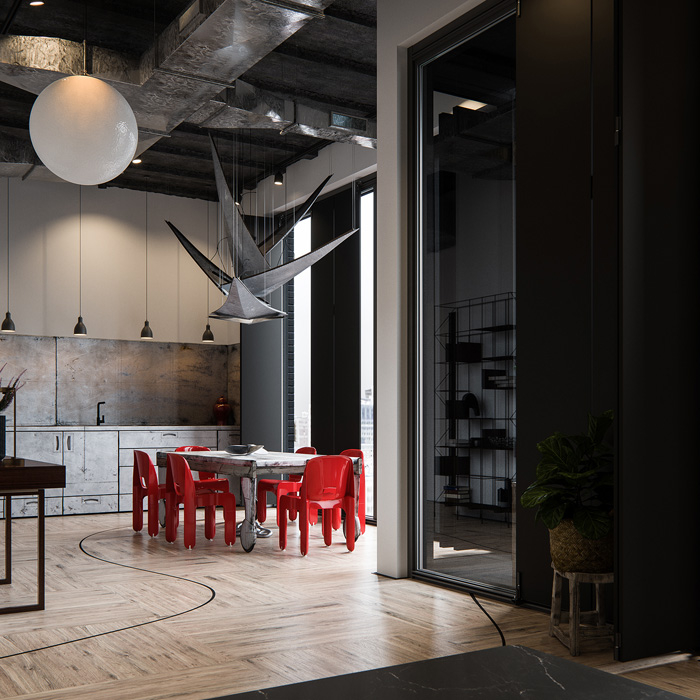

- #VRAY NEXT SKETCHUP NOT RENDERING INSTALL#
- #VRAY NEXT SKETCHUP NOT RENDERING GENERATOR#
- #VRAY NEXT SKETCHUP NOT RENDERING DRIVER#
- #VRAY NEXT SKETCHUP NOT RENDERING PROFESSIONAL#
Attach those objects – 3ds Max is much more efficient working with 9000 10k polygon objects than 200,000 1k polygon objects. If you’re using Vray displacement mode, try to limit the area of 2d mapping and setup for it eats up a lot of ram. Check your Raycast Parameters too.Like render region division, region sequence etc. I prefer ADAPTIVE DMC rather than Adaptive Subdivision…. Too many lights can also cause overkill of the rendering. The rendering parameters (global switches) to make sure all polygons are modeled correctly for test rendering so that you know the types of shaders you placed individually and you can trace easily which materials could possibly cause the rendering longer. Before you place all the shaders, first try to override the materials in. Irradiance and Light Cache (save to file), skip the computation when using the same sets and scene over and over again. #VRAY NEXT SKETCHUP NOT RENDERING PROFESSIONAL#
Post process could be short the rendering workflow, professional composition programs like Autodesk’s Combustion, Photoshop, After Effects, Nuke, Fusion… could help you a lot.
#VRAY NEXT SKETCHUP NOT RENDERING GENERATOR#
Instead of using dof in physical cam, Photoshop can do the trick with zbuffer channel or plugins like Alien Skin’s DoF and DoF Generator PRO by Richard Rosenman. Be wary of glossy reflection and frosted materials.(case to case basis). It's up to you if you want to drink and eat and sleep until the rendering finish. Be wary of iteration levels when making curves/mesh smoothing. #VRAY NEXT SKETCHUP NOT RENDERING INSTALL#
I always shutoff my antivirus while rendering (or don’t install one at all). Get rid of the undo window, especially commands on the list that eat up memory…. Know the difference between copy and instance… Simple but effective. Use high polygon objects only when they are close to your camera. Try to use your own materials rather than prepared. 
A simple diffusion, bump and reflection(with.
Material wise: avoid using too much glossiness and highlights. If you render your final image at 3500px you don't need more than 4000px image anywhere. Remove unwanted objects from your scene. Don’t put too many subdivisions on your shadows (as much as possible). If you are using Vray, always proxy the ones with high polycount. The more polycount, the slower the rendering. Limit your polycount to minimum as much as possible. #VRAY NEXT SKETCHUP NOT RENDERING DRIVER#
Primary display and OpenGL: Intel® HD Graphics 4600 (Intel) Memory: 1GB, Driver date: 8-4-2015 (M-D-Y). It looks like a bug but i am afraid maybe i am missing something very simple. If i apply a material directly from Rhino, there is no issue and i can see the textures.Īny help would be very much appreciated. I can change the color of my material and it is changing the object color in the rendered panel - just not bitmap textures. I even tried changing this one jpg slightly in Photoshop and saving a copy, but when i try to apply it in diffuse it’s still not showing. There is only one jpg that i can use in the bitmap slot which actually shows in the viewport. I have tried opening older files when i didn’t have this issue (it has been a couple of days) and copying my new model there with no luck. I currently have an issue with vray Materials as their textures are not showing in the rendered view.






 0 kommentar(er)
0 kommentar(er)
